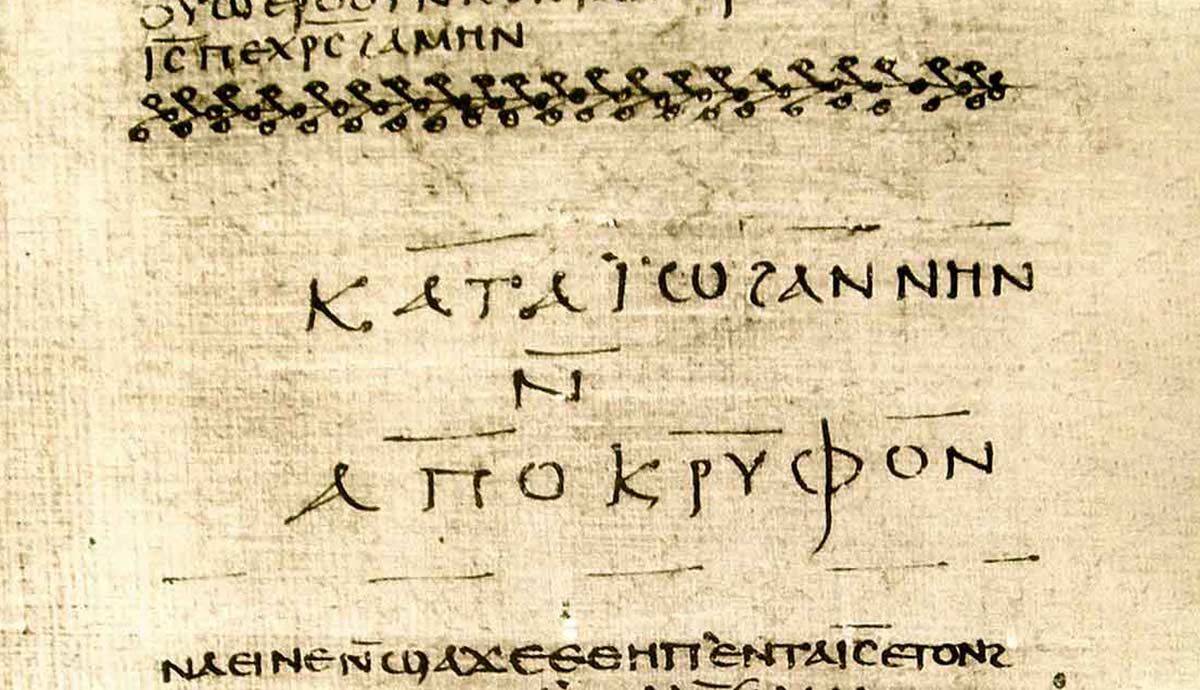
Athanasius of Alexandria was a fourth century Christian theologian, Church Father, and an early defender of the orthodox (normal theological) Trinitarian position within the church against Arianism. Due to his polemic stance, he was exiled by Roman emperors on numerous occasions, but was able to resume his duties when a new emperor was reinstated. In site of the controversies, he earned a widespread following, becoming a leading Egyptian Christian leader during the late 4th century who was also known as Athanasius the Great, Athanasius the Apostolic, and Athanasius the Confessor.
Early Years

Saint Athanasius was born in the late 290s in northern Egypt, either in Alexandria or a nearby town. He trained in the catechical school of Alexandria, the same school attended at various times by Origen, Clement, and other influential Alexandrian theologians. In 325, he attended the Council of Nicaea as secretary to Alexander of Alexandria, whom he would succeed as Patriarch in 328.
Athanasius Fought Against Arius

Athanasius was a fierce opponent of Arius, who taught that Jesus Christ was a created being rather than an eternal one. This teaching became known as Arianism, and would hold significant influence through much of Christianity in the fourth century, culminating in various councils, including the Council of Nicaea. The Nicaean Creed, which resulted from the controversy, directly opposes Arianism, and is now generally held as the orthodox position among Christian churches. Athanasius also debated against the pneumatomachians (“Spirit fighters”) who opposed the idea that the Holy Spirit was fully equal to the Father and the Son in the Godhead.
Athanasius Was Exiled

Because of his strong stance against Arianism, Athanasius was exiled from Alexandria five times by four different emperors, including Constantine the Great. In one of his most elaborate stories, he had gone directly before Constantine under charges of having arranged the murder of another bishop named Arsenius, and using his severed hand to perform magic. Athanasius was able to prove his innocence by producing Arsenius at his trial, and unveiled his uncut hands with a dramatic reveal, along with the quote, “Arsenius, as you can see, has two hands. Let my accusers show us the place from which the third was cut off!”

Still, while the church generally promoted orthodox Trinitarian ideas through the Nicene Creed, Arianism held significant influence with the Roman emperors and some bishops in particular. Athanasius was continuously deposed from and restored to his position as Patriarch (senior bishop) of Alexandria by Arians in power. Each new emperor allowed him to return to his same position, but he often met with the same controversy and would soon be deposed again.
He Wrote Several Major Works

Athanasius’ major works include Orations Against the Arians, On the Incarnation, Against the Heathens, and The Incarnation of the Word of God. It is likely that he did not write the Athanasian Creed, which restates and expands many of the ideas within the Nicaean Creed, as it was possibly written several hundred years later. In 367, Athanasius wrote an Easter Letter that contains the first known complete list of New Testament books, of which he states, “In these alone is proclaimed the doctrine of Godliness.”
Athanasius’ Influence

Athanasius is considered a Doctor of the Church and almost universally praised among both Catholic and Protestant Christians. Because of the early and widespread influence of Arianism in early Christianity, it took a powerful, steady, and intelligent voice to defend the idea that Jesus is “the only begotten Son of God, begotten of the Father before all worlds, Light of Light, Very God of Very God, begotten, not made, consubstantial (being of one substance) with the Father.” Athanasius provided that voice, fearlessly going before emperors and bishops, willing to be exiled and chastised for the faith he held to be true. Because of his efforts, Christian orthodoxy was maintained in its early years and passed down through many more generations to follow.










